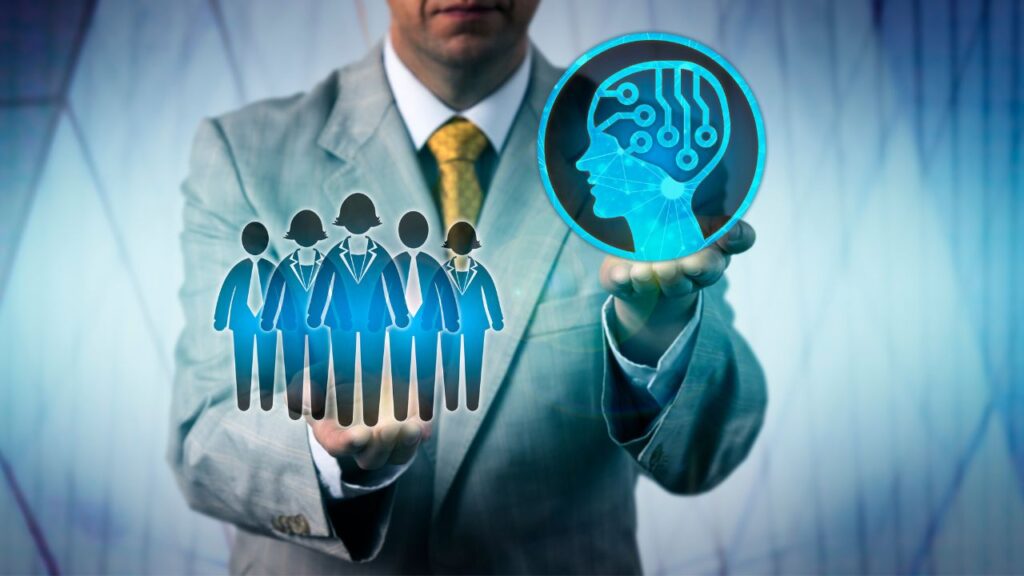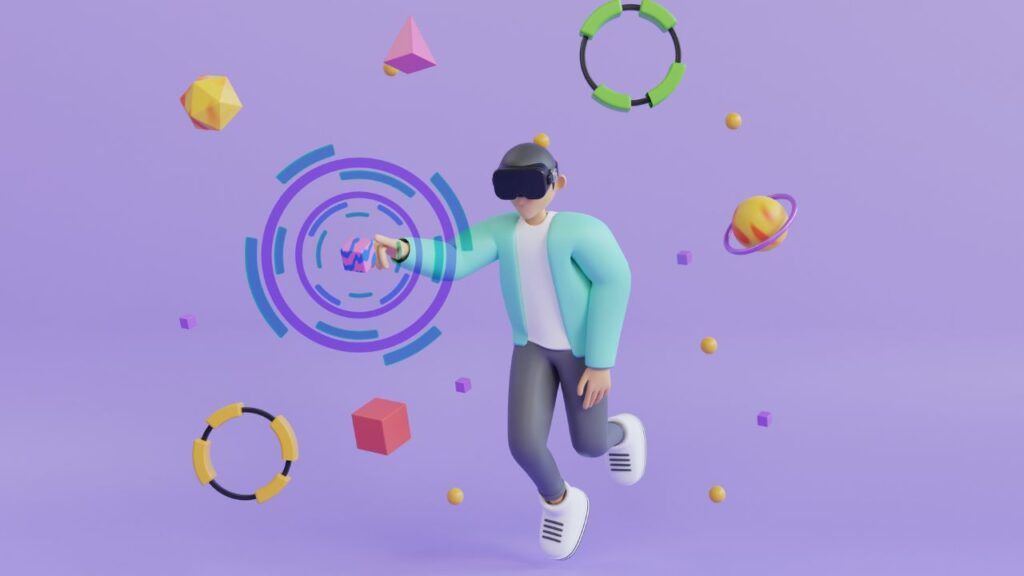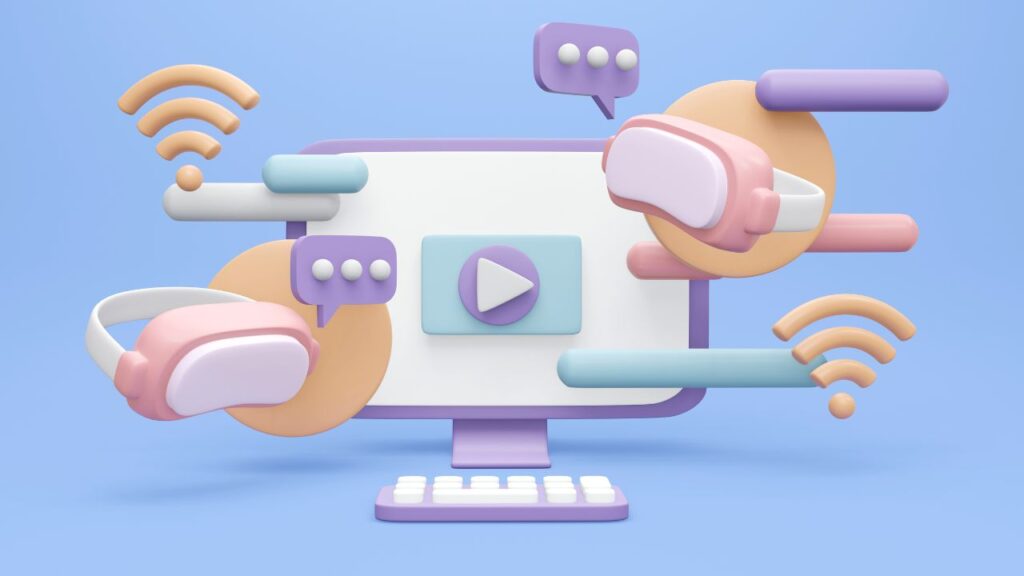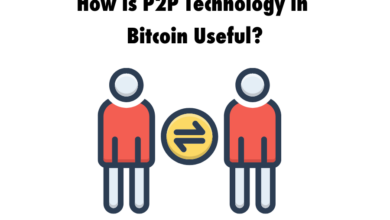
Continued Evolution Of AI And Machine Learning Technologies
AI and machine learning technologies have been rapidly evolving in recent years, and this trend is likely to continue in the future. Here are some of the key trends that are expected to shape the future of AI and machine learning:

Increased Automation: As AI and machine learning technologies become more advanced, they will be able to automate an increasing number of tasks, reducing the need for human intervention in many areas.
- Expansion of Applications: AI and machine learning technologies are already being used in a wide range of applications, from self-driving cars to personalized medicine. This trend is likely to continue as more industries adopt these technologies.
- More Personalization: As AI and machine learning algorithms become more sophisticated, they will be better able to tailor their outputs to individual users, resulting in more personalized experiences across a range of applications.
- Greater Integration: AI and machine learning technologies will become more integrated with other technologies, such as robotics and the Internet of Things (IoT), enabling a range of new applications and use cases.
- Improved Efficiency: AI and machine learning technologies will continue to improve in efficiency, enabling faster and more accurate processing of large amounts of data.
- Enhanced Safety and Security: AI and machine learning technologies will be increasingly used in areas such as cybersecurity and surveillance, enabling improved safety and security measures.
- Increased Ethical Considerations: As AI and machine learning technologies become more prevalent, there will be a growing need to address ethical considerations, such as bias, privacy, and accountability.
Overall, the continued evolution of AI and machine learning technologies is likely to have a significant impact on a wide range of industries and applications, and will require ongoing attention and consideration from policymakers, researchers, and industry professionals.
Increased Adoption Of Cloud Technology
The adoption of cloud technology has increased significantly in recent years, and this trend is expected to continue in the future. There are several factors driving this growth, including:

- Scalability: Cloud technology enables businesses to easily scale their computing resources up or down as needed, without the need for significant investment in hardware.
- .Cost Savings: Cloud technology can offer significant cost savings compared to on-premises infrastructure, as it eliminates the need for upfront hardware investments, reduces maintenance costs, and allows for more efficient use of resources.
- .Flexibility: Cloud technology enables businesses to access computing resources from anywhere, at any time, and on any device, providing greater flexibility for employees and teams.
- Security: Cloud providers often have stronger security measures in place than individual businesses, which can help protect sensitive data and reduce the risk of security breaches.
- Collaboration: Cloud technology can facilitate collaboration among employees, teams, and even across different organizations, allowing for more efficient and effective collaboration.
Overall, the increased adoption of cloud technology is driven by the need for businesses to remain competitive, reduce costs, and increase agility. As more businesses adopt cloud technology, we can expect to see continued innovation and development in this space, with new features and capabilities being added to meet the evolving needs of businesses and their customers.
Growth Of Metaverse-Like Experiences
The concept of a metaverse is a virtual world where users can interact with each other and with digital objects in a shared space, often in real-time. Metaverse-like experiences have been around for many years in the form of online games, social networks, and virtual reality platforms.
However, recent advances in technology, such as 5G, cloud computing, and the Internet of Things (IoT), are driving the growth of more immersive and interconnected metaverse-like experiences.One example of a metaverse-like experience that has gained popularity in recent years is the game Fortnite, which has over 350 million registered users.
In Fortnite, players can interact with each other in a virtual world, attend virtual concerts and events, and purchase virtual items with real money. The game has also been used as a platform for virtual social gatherings, such as birthday parties and weddings.

Other examples of metaverse-like experiences include Second Life, a virtual world where users can create and customize their own avatars, and Roblox, a platform where users can create and play their own games. Both of these platforms have millions of users and allow for social interaction and commerce within their virtual worlds.
In addition to games and social networks, metaverse-like experiences are also being explored in industries such as real estate and retail. Virtual real estate platforms, such as Decentraland and Somnium Space, allow users to buy and sell virtual land, build virtual properties, and interact with other users in a shared virtual world.
Virtual retail experiences, such as those being developed by companies like Shopify and Walmart, allow users to shop for products in a virtual environment that simulates a physical store.
As technology continues to advance and become more accessible, we can expect to see even more growth in the development of metaverse-like experiences. These experiences have the potential to revolutionize how we interact with each other and with digital objects, and could have significant impacts on industries such as entertainment, education, and commerce.
Further Blurring Of The Lines Between Apps And Games
In recent years, there has been a blurring of the lines between apps and games, as mobile devices have become more powerful and capable of running more complex software. This trend has been driven by a number of factors, including the increasing popularity of mobile gaming, the rise of app stores, and the growing use of smartphones and tablets for entertainment.
One key trend in this area has been the rise of “gamified” apps, which incorporate game-like elements into non-gaming applications. For example, fitness apps may include virtual rewards and badges for completing workouts or hitting fitness goals, while language learning apps may use game mechanics to make language learning more engaging and fun.

Another trend has been the development of “hyper-casual” games, which are simple and easy-to-play games that can be played in short bursts. These games often have simple mechanics and minimal graphics, but can be highly addictive and have become incredibly popular in recent years.
Overall, the blurring of the lines between apps and games is likely to continue as mobile devices become even more powerful and capable of running increasingly sophisticated software. This trend is likely to have a significant impact on the way we use mobile devices and the types of applications and games that we see in the future.
Integration Of Mobile Apps With Other Devices And Platforms
The integration of mobile apps with other devices and platforms has become increasingly important in today’s interconnected world. Users expect their mobile apps to seamlessly interact with other devices and services, such as smart home devices, wearables, social media platforms, and cloud services. This integration can enhance the user experience and provide more value to users.
There are several ways in which mobile apps can be integrated with other devices and platforms:

Application Programming Interfaces (APIs): Many devices and platforms provide APIs that allow developers to integrate their mobile apps with these systems. For example, the Twitter API allows developers to integrate Twitter functionality into their mobile apps.
Software Development Kits (SDKs): SDKs provide pre-built code and tools that developers can use to integrate their mobile apps with other devices and platforms. For example, the Google Maps SDK allows developers to integrate Google Maps into their mobile apps.
Bluetooth and Wi-Fi: Mobile apps can use Bluetooth and Wi-Fi to communicate with other devices, such as wearables and smart home devices.
Cloud Services: Mobile apps can use cloud services, such as Amazon Web Services and Google Cloud Platform, to integrate with other platforms and services.
Internet of Things (IoT): Mobile apps can interact with IoT devices, such as sensors and smart home devices, to provide a seamless user experience.
Overall, the integration of mobile apps with other devices and platforms requires careful planning and development. Developers need to consider the specific requirements of each device and platform, as well as the security and privacy implications of integrating with external systems.








